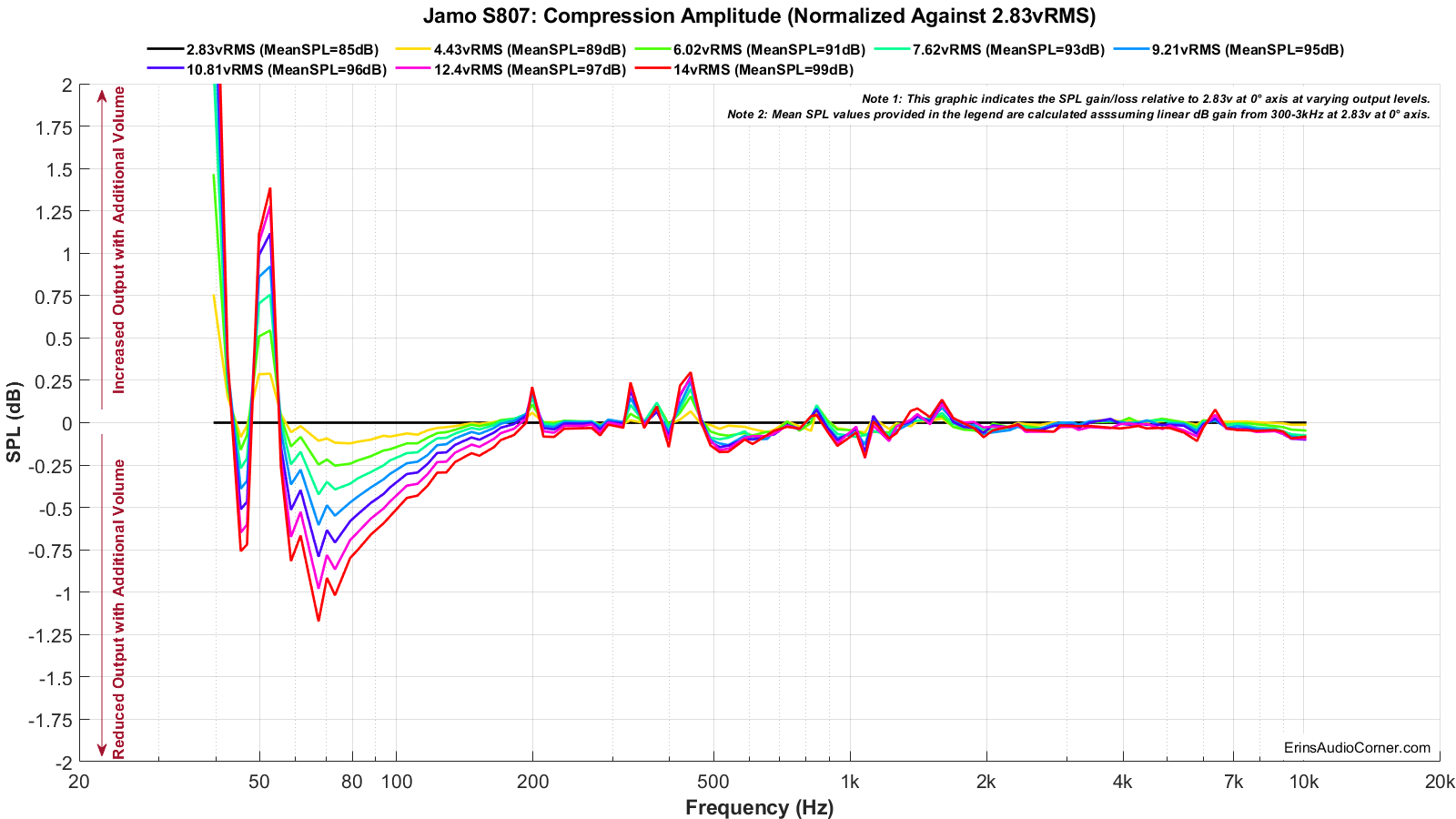ROOSKIE
Major Contributor
What an interesting review and grateful to see some additional tests being developed/toyed with.
This speaker always interested me, at least in concept. Glad I did not buy one --- or maybe I should have as it would be a good one to listen for the HD on.
While I personally have not yet fallen in love with a KEF speaker,my big takeaway is that my hat is off for KEF. If one wants a well designed speaker with coaxial drivers, then KEF is really putting in the efforts to make a well engineered system.
Additionally they seem to be the British company that must be using a similar design philosophy to the Harman "standard" & putting a lot of weight on the science/measurements. Plus they look great (IMHO).
Anyway I thought this Tannoy looks great as well but geez it doesn't measure well for $1.2K USD.
This speaker always interested me, at least in concept. Glad I did not buy one --- or maybe I should have as it would be a good one to listen for the HD on.
While I personally have not yet fallen in love with a KEF speaker,my big takeaway is that my hat is off for KEF. If one wants a well designed speaker with coaxial drivers, then KEF is really putting in the efforts to make a well engineered system.
Additionally they seem to be the British company that must be using a similar design philosophy to the Harman "standard" & putting a lot of weight on the science/measurements. Plus they look great (IMHO).
Anyway I thought this Tannoy looks great as well but geez it doesn't measure well for $1.2K USD.


